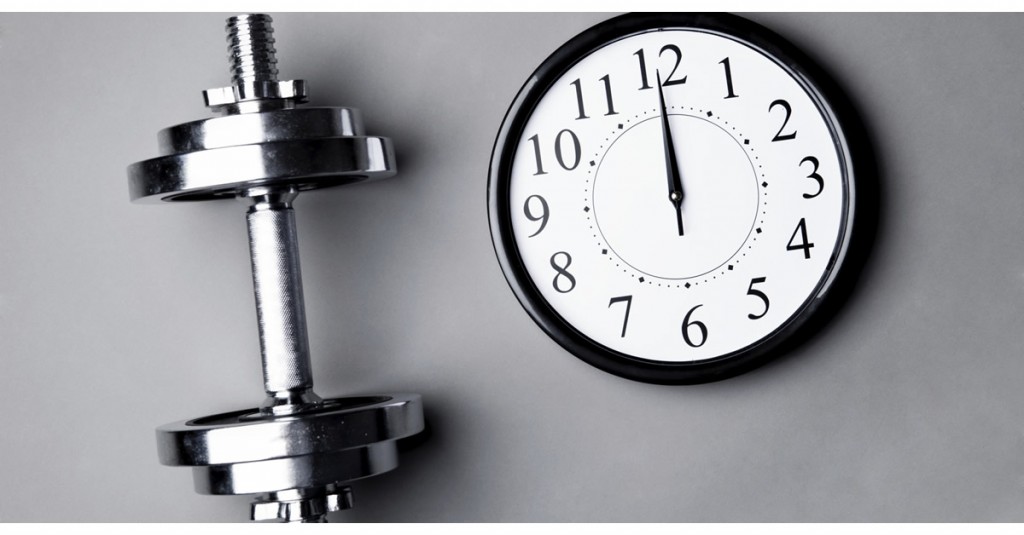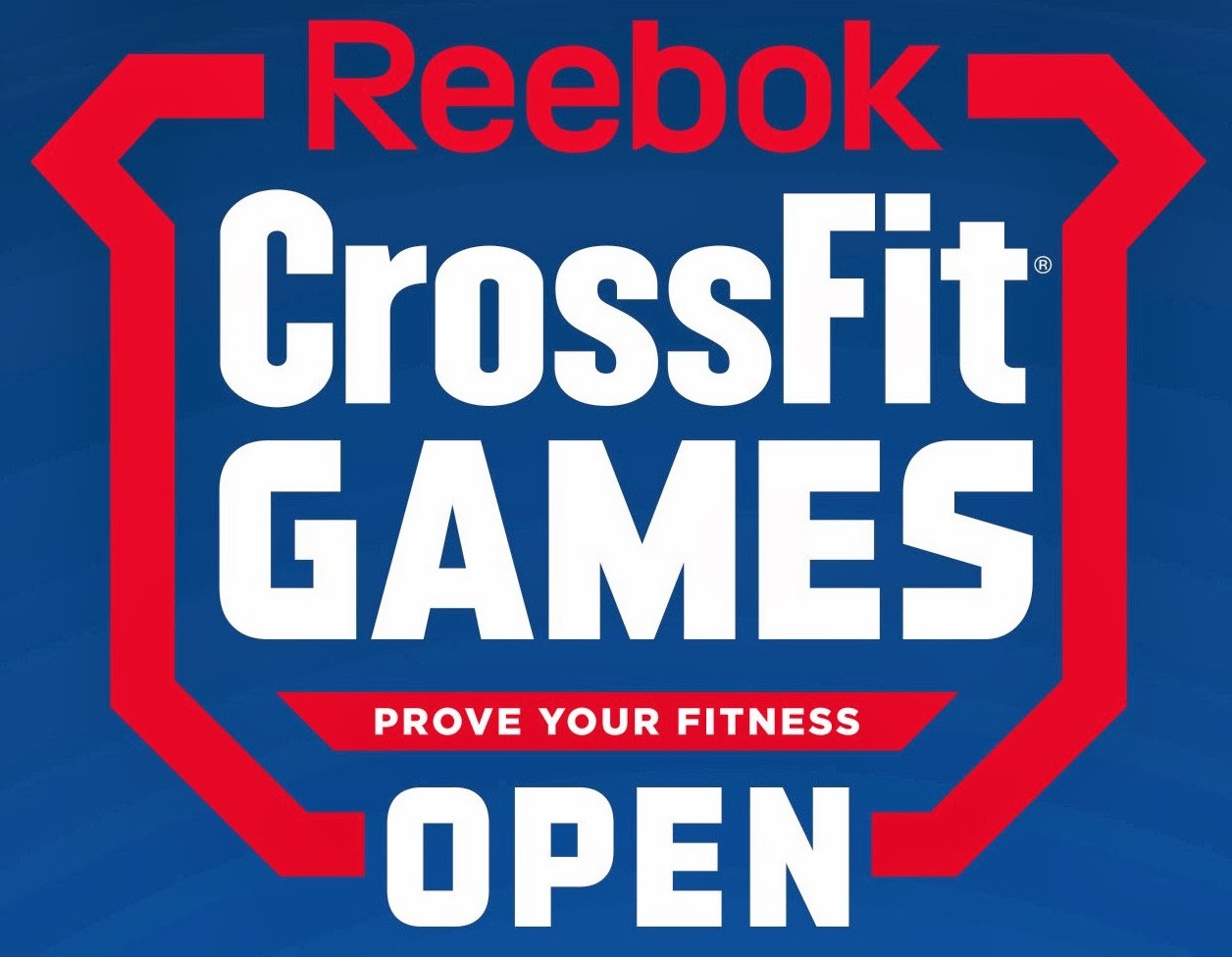 It’s an ongoing debate that’s been around for decades. When is the best time to workout?
It’s an ongoing debate that’s been around for decades. When is the best time to workout?
Every CrossFit gym has its own divide of members. There are those who get up in the early hours of the morning to take part in the gym’s opening morning sessions, while there are others who prefer to sleep in a bit longer and train in the evening classes after work.
Apart from seeing each others name’s on the whiteboard/blackboard, a lot of the time these members never meet face to face purely because of their different training hours. It begs the question, however, which is the most favorable time to workout? Mornings or evenings?
Working out during the morning hours
People have different preferences when it comes to choosing the best time to train. However, looking at what ‘experts’ say about the best time to workout, it’s clear there are many benefits to hitting the gym early. According to studies, if you are targeting cardio, then the best time to do that is during morning hours. This is good to know if you’re aiming to reduce body weight.
Exercising before breakfast also allows the body to burn extra fat stored in the body. The human body responds well when a metabolic plan is in place, and exercising in the morning can assist in that. By starting the day with activity you’re body begins the process of metabolism earlier and can set you up for the remainder of the day. There are also the mental benefits that come from training in the morning. Research suggests that those who train earlier in the day find themselves more mentally alert during the day and often report higher levels of wellbeing.
A common complaint about working in the morning is the lack of sleep and the struggle to get out of bed so early. However, once you start exercising in the morning, chances are your body will get used to waking up early and it will be easier for you to maintain it.

It is also worth noting the weather factors that come with training in the morning as oppose to evenings. Early sessions generally expose your body to rather low temperature levels, so it’s good to understand some of the setbacks involved.
During the morning hours, your body temperature is usually at its lowest and therefore it will require you to exert more pressure if you are to increase the energy levels. This may result into injuries, as cold muscles are harder to stretch than warm muscles. To keep on the right track, make sure you engage in a thorough warm up before training.
Exercising during the evening hours
As far as performance is concerned, evening time generally rates first. Since the body temperature reaches its peak in the evening, most people should find it easier to warm up, train and cool down. In addition, most people have higher energy levels later in the day and as a result should be able to achieve better performances while training.
Muscles will also be able to stretch easily due to increased levels of body temperature. So if you’re competing in this year’s CrossFit Games Open, and are hoping to achieve the best scores/results possible, it may be beneficial for you to complete each workout in the evenings rather than the mornings.
Exercising in the evening also triggers production of testosterone which is known for the role it plays in strengthening muscles. Interestingly, when it comes to gaining stamina, research suggests morning and evening training times are the same.

Conclusion
Having compared both times, and looking at what experts say, both morning and evening training times have their fair share of benefits. Morning sessions help set you up for the day both mentally and physically, and also assist in weight loss and increased metabolism.
Evening sessions, on the other hand, generally allow you to perform better, increase strength and build more muscle. Regardless of what you prefer, the important thing is to developing a routine you can easily stick to and one that gives you the best results for what you want to achieve.
Of course, everyone is different, and what works for one person may not always work for another. Find what suits you and stick to it. And remember to ask your box’s trainer for his or her advice. That’s what they’re there for!


















Follow Us